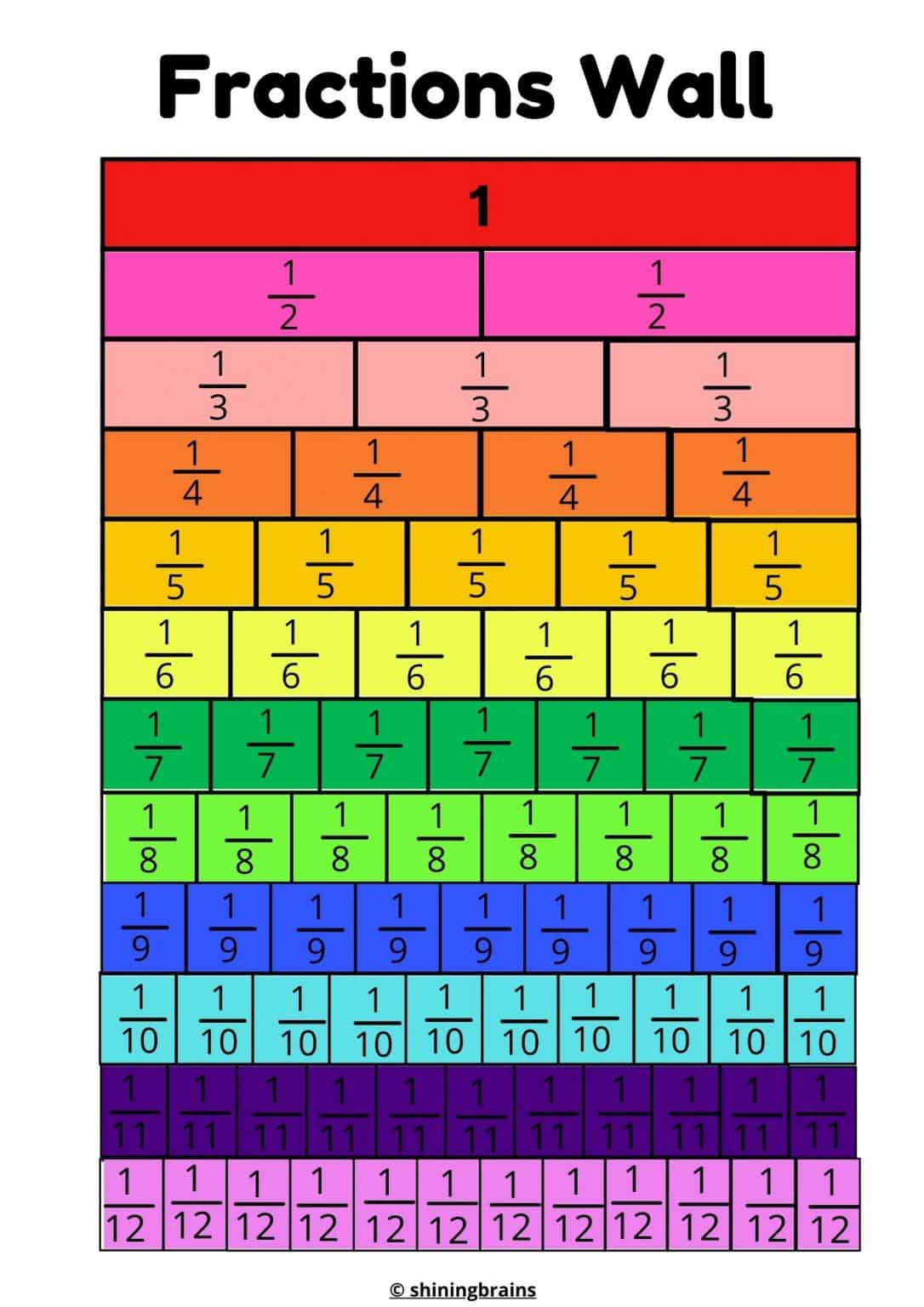

Most fractions should typically be expressed in their lowest terms, and you can convert fractions to their simplest terms by dividing by their greatest common factor (GCF). Reduce the fractions to their lowest terms. You can multiply the numerator and denominator by any whole number, no matter how large or small to obtain an equivalent fraction. Any given fraction has an infinite number of equivalent fractions.The same way it’s fair to say that 4/8 = 8/16. Thus, it's easy to see why 4/8 and 8/16 are equivalent since multiplying 4/8 × (2/2) = 4/8 still. Notice that 2/2 equals 1 when you carry out the division.(4×2)/(8×2) is essentially the same as 4/8 × 2/2 Remember that when multiplying two fractions, we multiply across, meaning numerator to numerator and denominator to denominator.For instance, if we take the fraction 4/8 and multiply both the numerator and denominator by 2, we get (4×2)/(8×2) = 8/16.

Though the numbers in the new fraction will be different, the fractions will have the same value. In other words, multiplying the numerator and denominator of a fraction by the same number will produce an equivalent fraction. Two fractions that are different but equivalent have, by definition, numerators and denominators that are multiples of each other. Multiply the numerator and denominator by the same number.


 0 kommentar(er)
0 kommentar(er)
